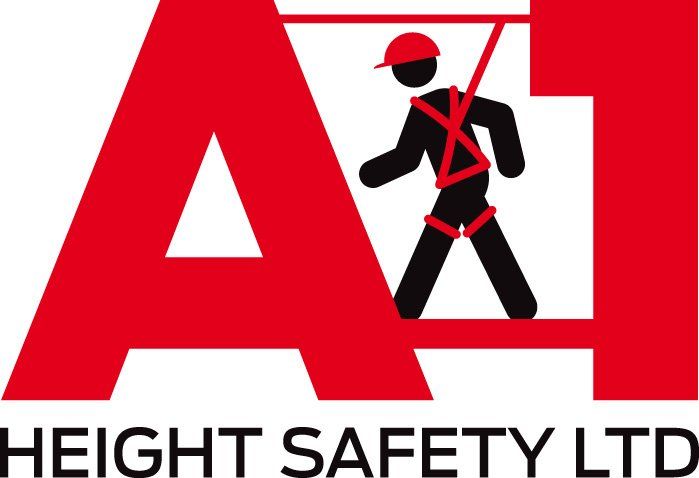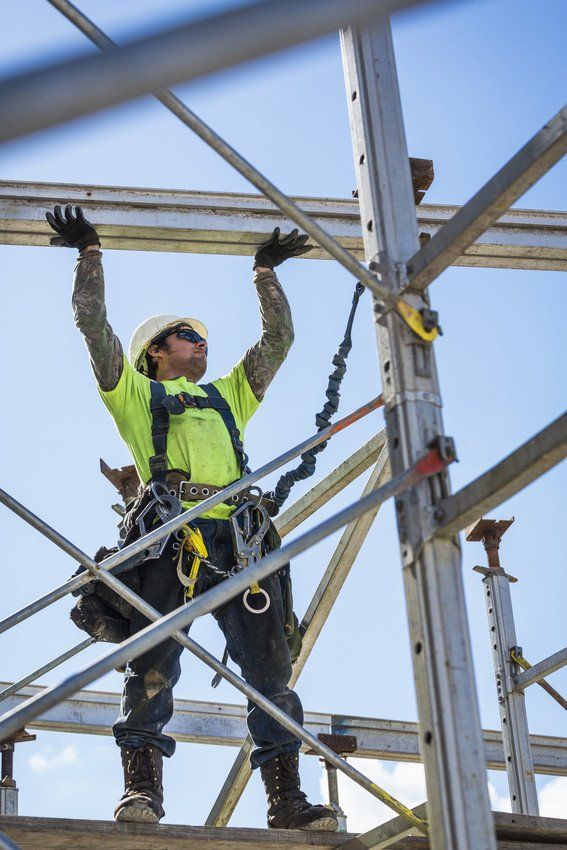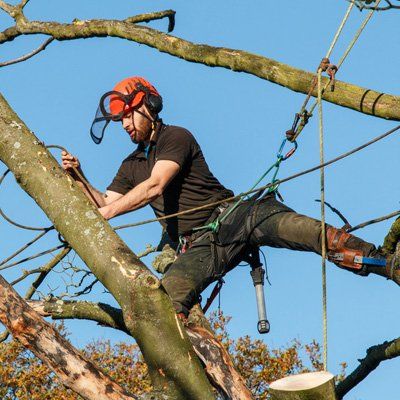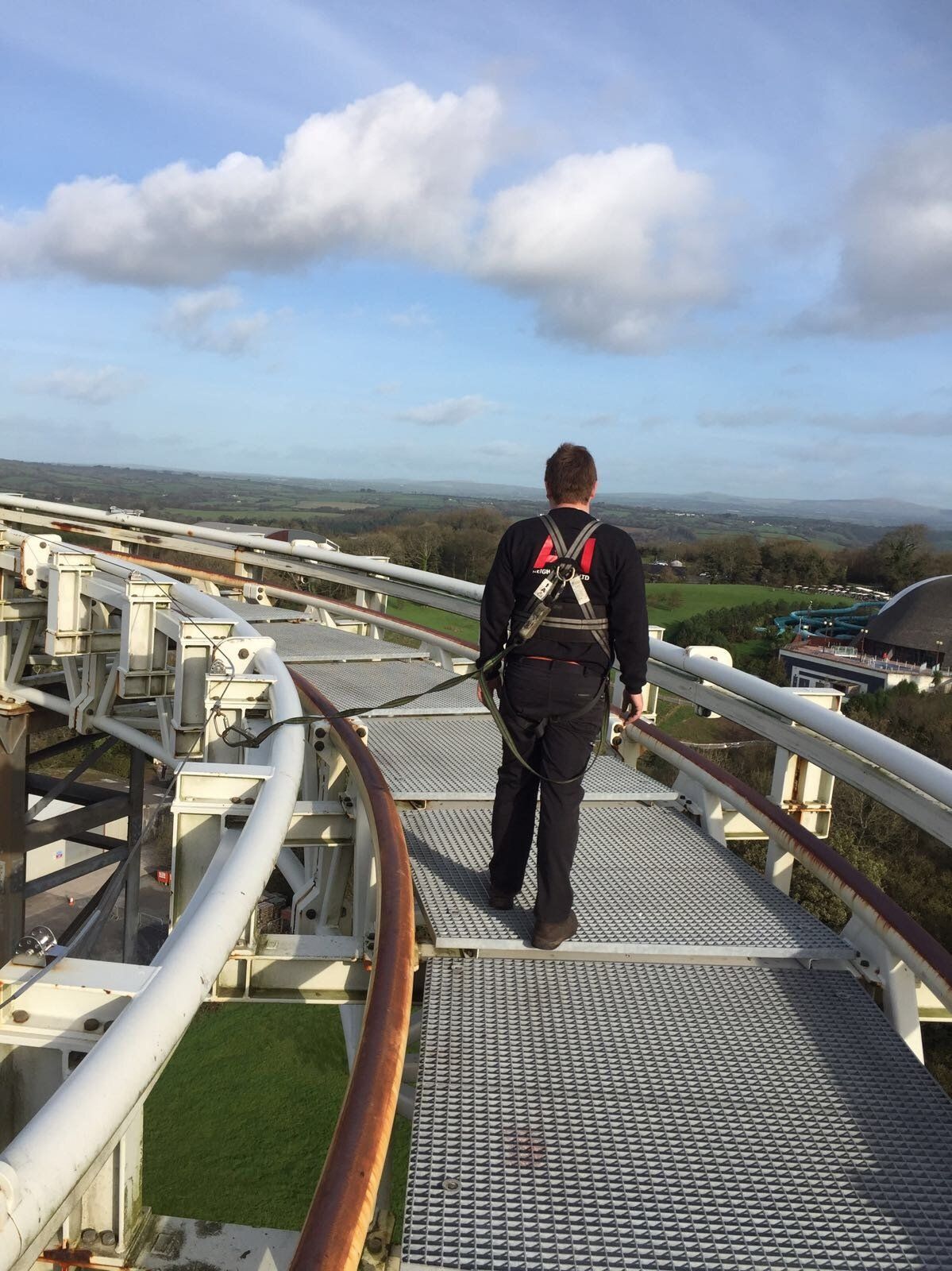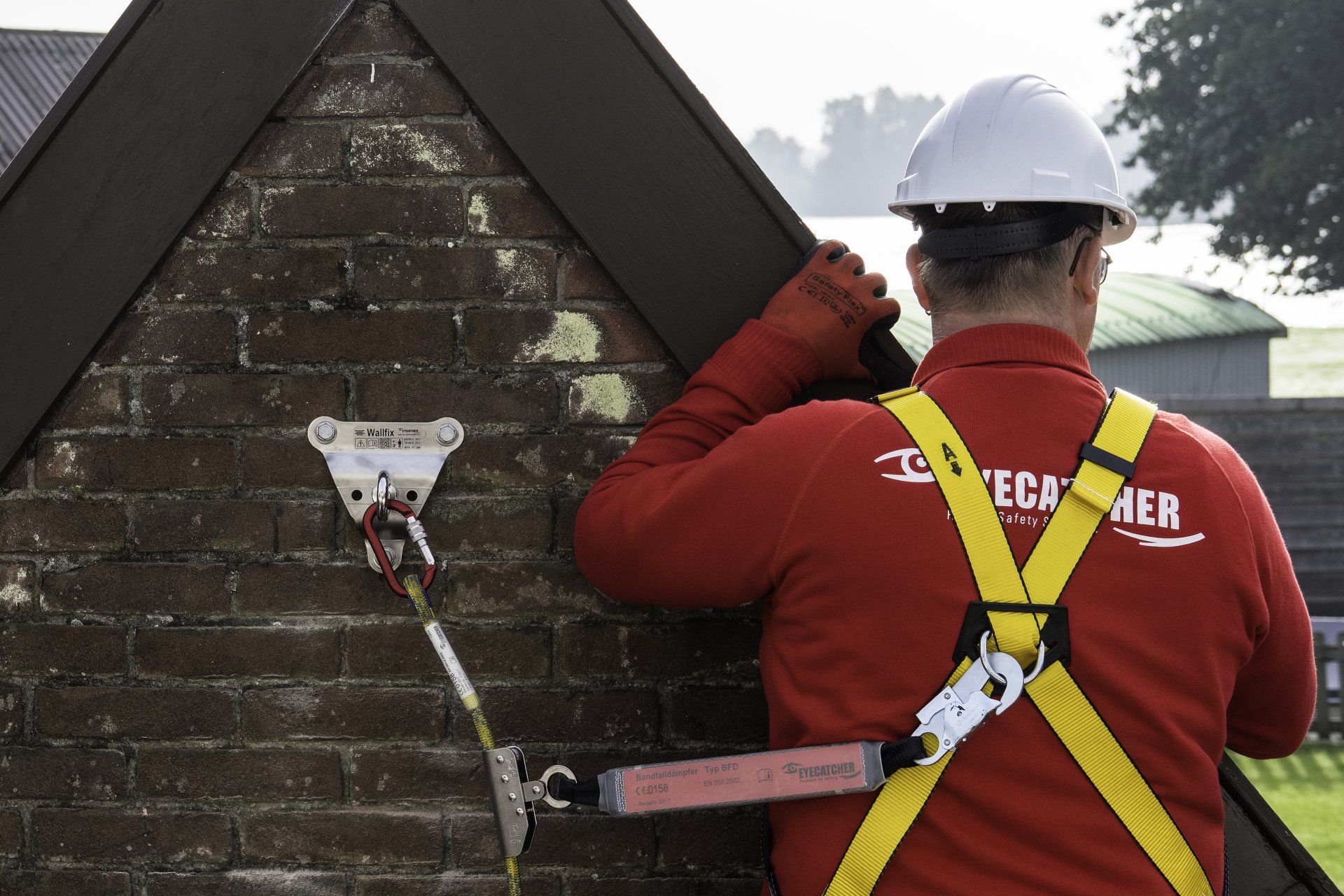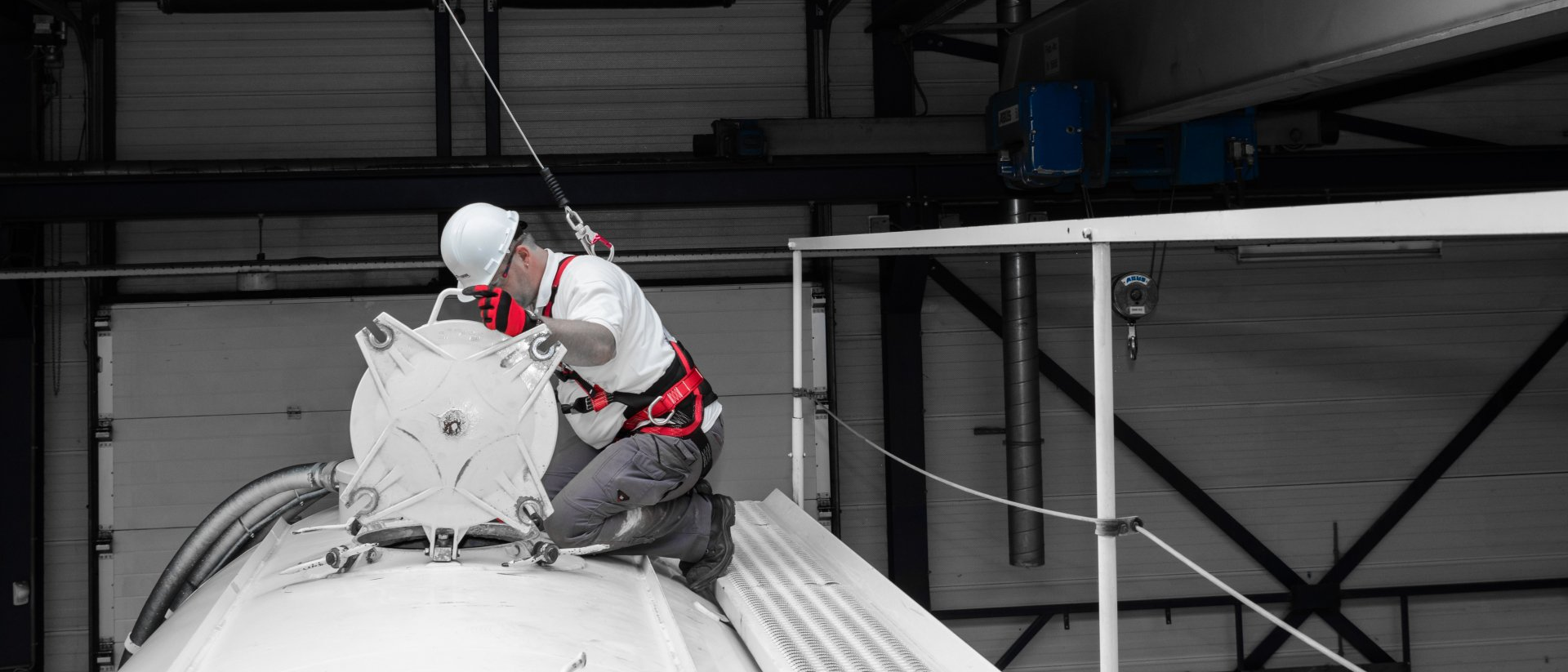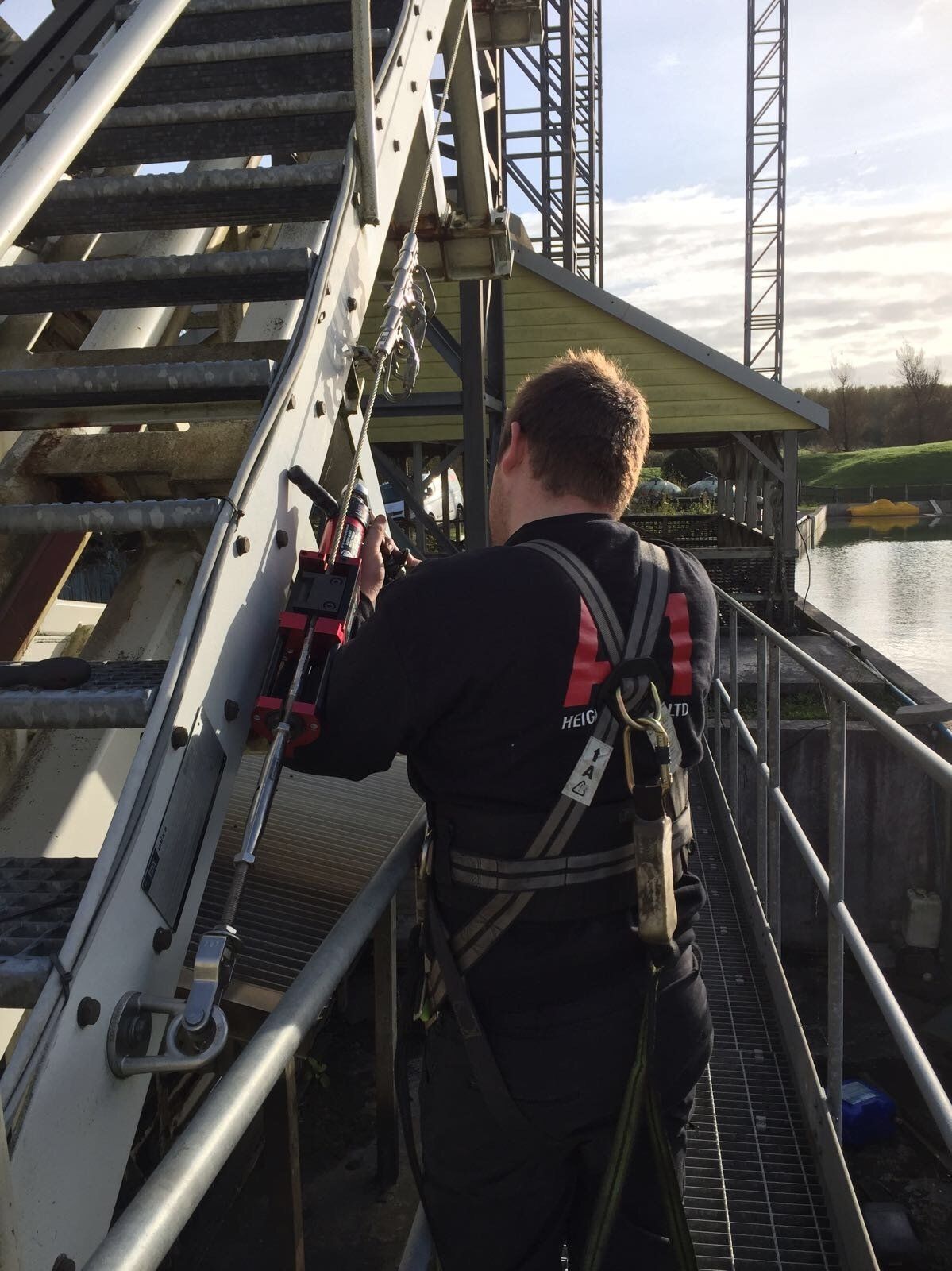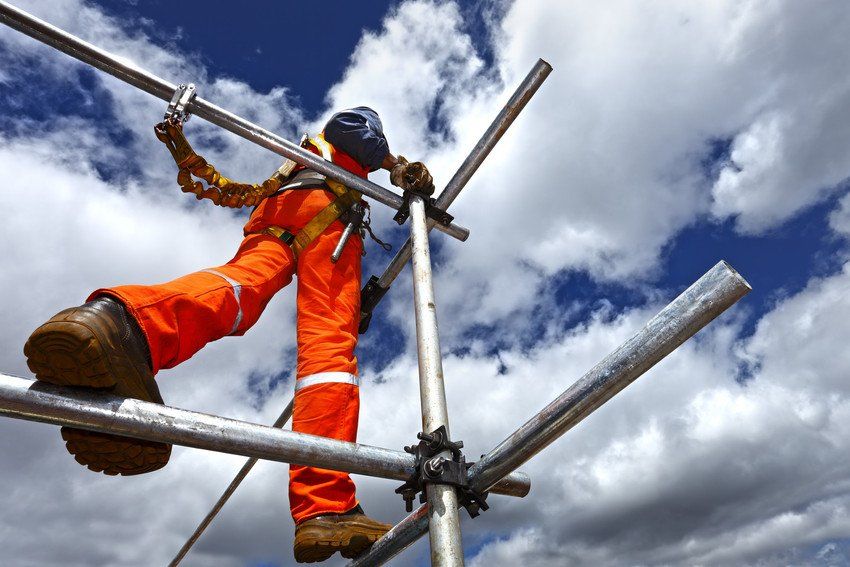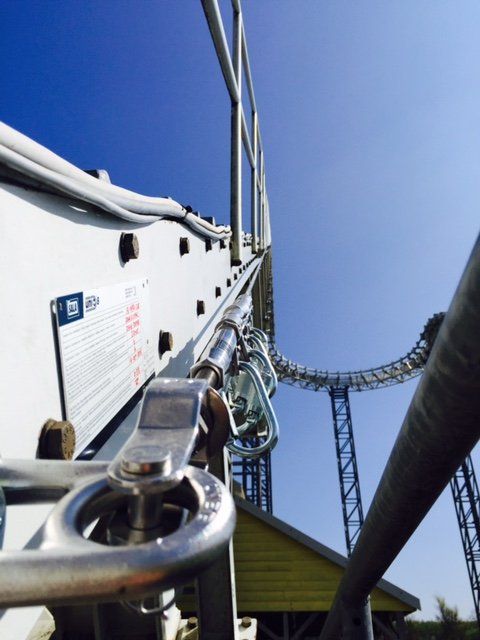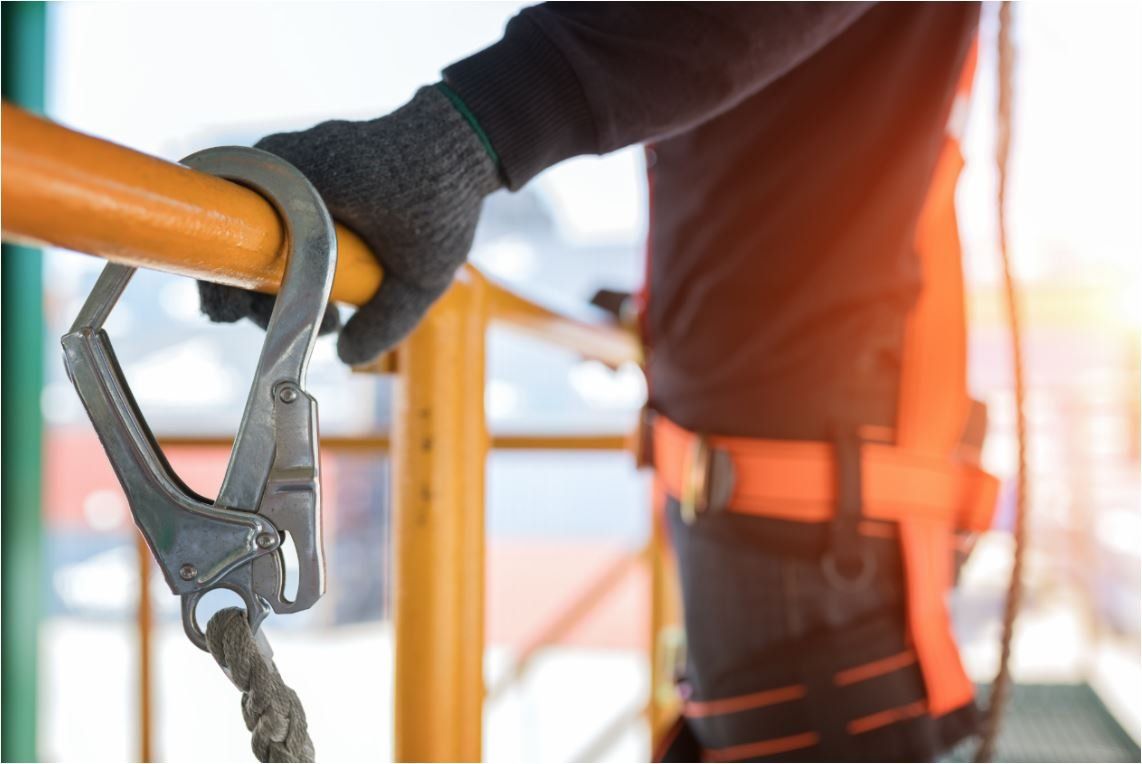Fall Arrest vs Fall Restraint: What’s The Difference?
Working at height can be very dangerous and therefore it’s important you provide your workers with the very best height safety equipment. If you can’t avoid working at height in certain situations, it’s important you have a fall protection safety system in place - and it’s also important that you’re fully clued up on the options available.
Fall arrest and fall restraint safety systems are very similar, but there is a huge difference between the two. To put it simply, fall restraint systems prevent you from falling and fall arrest systems protect you after you fall, helping to stop the fall before you hit the surface.
Below, we take a look at fall arrest and fall restraint systems in a bit more detail and how they can help to protect your employees when working at height.
Fall Restraint Systems
A fall restraint safety system prevents you from falling using a body holding device connected to an anchor. This prevents you from reaching zones where the risk of fall exists. Essentially, the safety system keeps you from getting close enough to the fall hazard to fall - just think of a leash keeping you within a safe distance from the high edge. This ensures your employees can work freely and safely without worrying about injuring themselves or falling from height.
Typically, fall restraint systems are easier and simpler to use than fall arrest systems and therefore they’re more commonly used. This is mainly due to restricted free fall distances (such as low building height or vehicles below which can reduce the available height to have the fall arrested safely), meaning a restraint system is often the most sensible choice.
Fall Arrest Systems
Fall arrest systems protect you after you fall. A fall arrest system typically includes an anchor point or a series of anchor points, a safety lanyard or self-retracting lifeline and a harness. The system is designed to stop you before you hit a lower surface, minimising the chance of any injuries and limiting the forces on the body. Fall arrest systems give your employees the freedom to work safely and walk all the way up to a fall hazard to do their work - and if they fall, the system in place ensures they’re protected.
Fall arrest systems are most suitable for people working near a fragile service or on a building with an unusual roof shape. If there’s a good chance you may fall off the building, a fall arrest system is a suitable option to buffer the fall and minimise contact with the ground.
At A1 Height Safety, we’re proud to be specialists in the installation of height safety equipment. We provide a comprehensive range of fall arrest and fall protection products, which offer fully compliant, practical solutions for structures of all types, in all industries. Visit our website for more information.
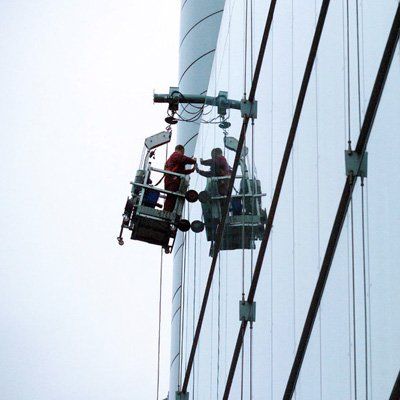
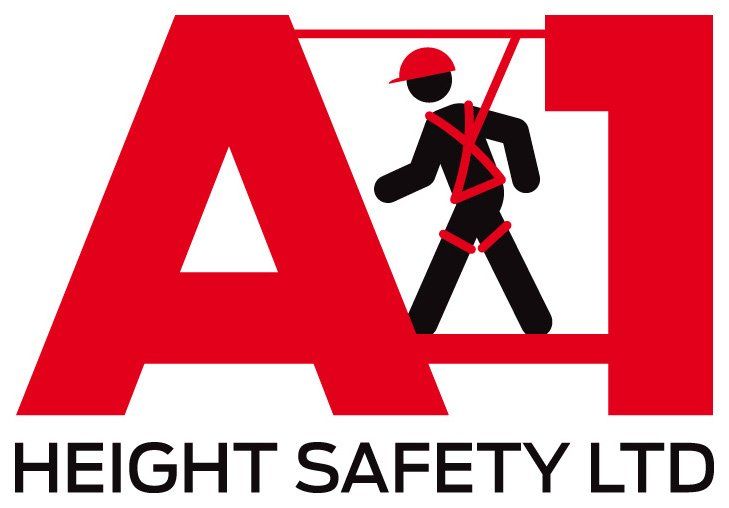
We will get back to you as soon as possible
Oops, there was an error sending your query.
Please try again later
Unit 7 Atlantic Point, Atlantic Trading Estate, Barry,
CF63 3AA
